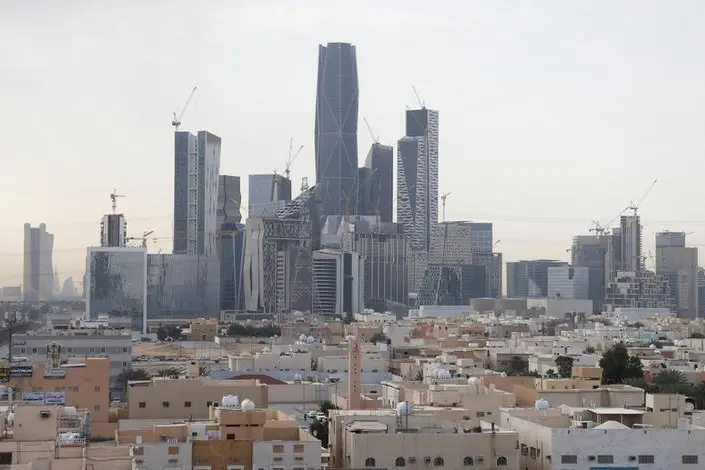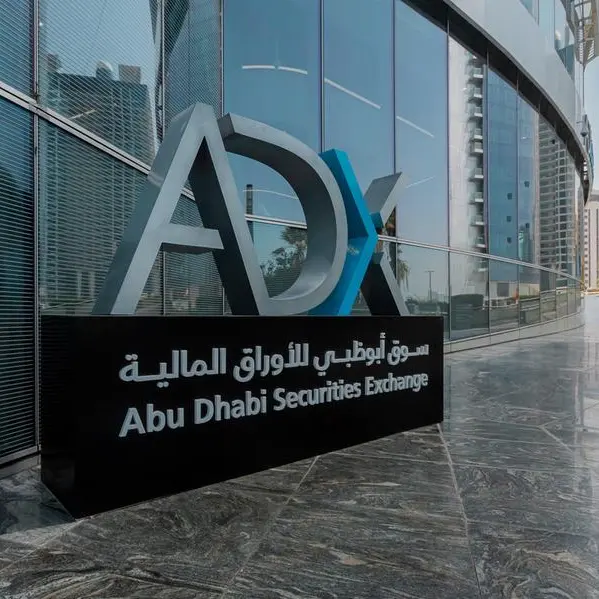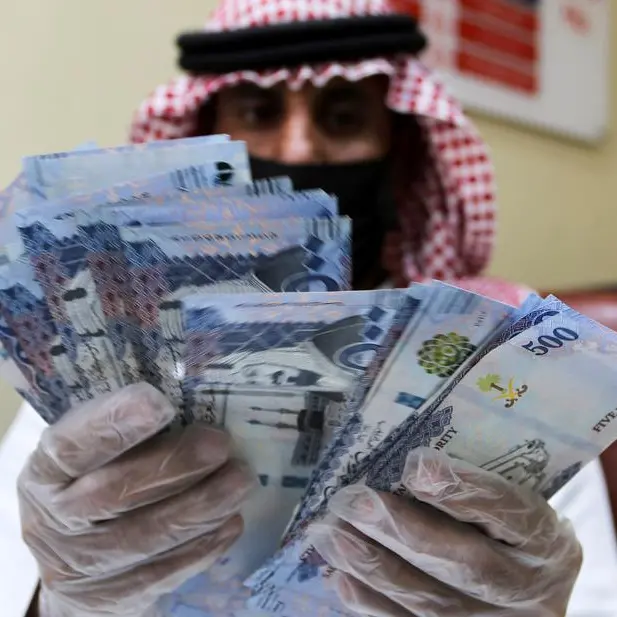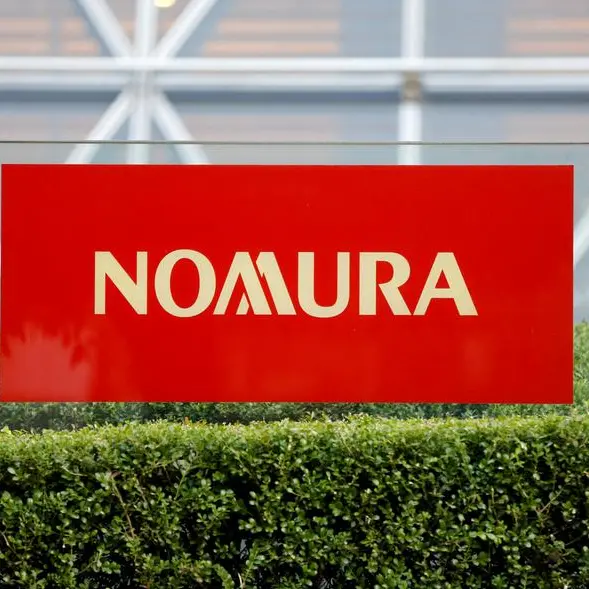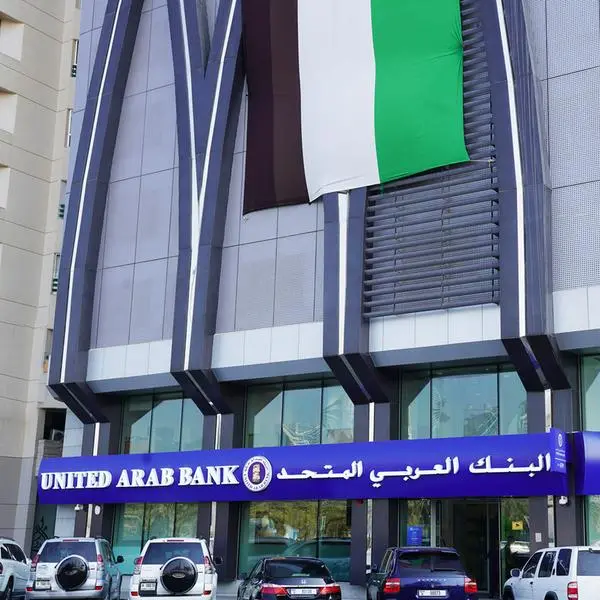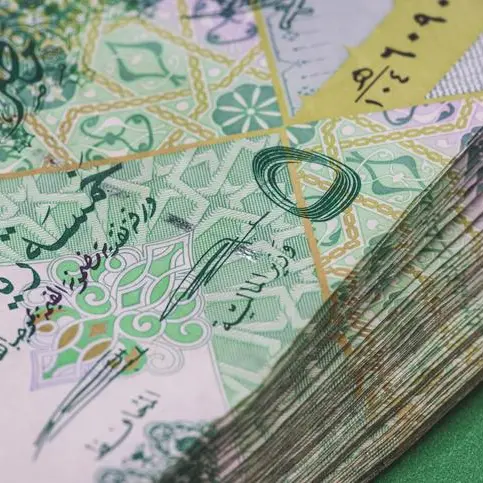PHOTO
The number of real estate investment trusts (REITs) in Saudi Arabia has doubled over the past two quarters to 12, with the combined market capitalisation of these trusts now exceeding $2.3 billion, according to a new report from Knight Frank.
The property consultancy said that six new REITs achieved listings on the Saudi stock market, Tadawul, in the final quarter of 2017 and the first quarter of this year. Research manager Raya Majdalani also said that a further six REITs are currently in the pipeline, having received initial approval from the Capital Markets Authority (CMA) to list, subject to regulatory requirements.
The CMA has also proposed changes to the structure of REITs, which would see the minimum capital requirement raised to 500 million Saudi riyals ($133.3 million), up from the current level of just 100 million riyals, in a bid to avoid having smaller, less liquid REITs.
Knight Frank said that half of the REITs launched in the kingdom to date hold assets across the kingdom, while the remaining half focus on a single city. Two-thirds hold all kinds of properties, whereas one-third of REITs are 'thematic' - i.e. concentrating on a specific real estate asset class, such as offices or warehouses. The firm expects this to change as the market matures.
Taimur Khan, a senior analyst at Knight Frank Middle East, told Zawya in an interview on Sunday that the estimated returns from interim dividend payouts (most have yet to pay final dividends as they have not traded for a full year) suggest Saudi REITs are offering dividend yields of 6.1 percent, compared to a global REIT average of about 4 percent.
Majdalani said the income-generating qualities of Saudi REITs - the fact that they are required to repay 90 percent of profits to investors in dividends - made them more attractive to investors as equity markets around the world become more volatile.
"With yields going higher, REITs will be more interesting from a fundamental point of view - from an income perspective," she said during the interview.
Saudi REITs have witnessed a decline in value in recent months, but Khan said that this merely brought them into line with global pricing and was a sign the market was maturing. Knight Frank's report showed that for the six months to September 30 2017, Saudi REITs traded at an average premium of 1.49x net asset value (NAV), as investors pumped money into the new asset class. However, by the end of March this year, average REIT valuations in the kingdom have broadly fallen in line with the net asset value of their funds – to 1.01x.
Khan pointed out that in more mature markets, REITs usually trade at a discount to NAV - as of April 6 this year, average U.S. REITs were trading at a 6 percent discount to NAV, while globally the average discount to NAV was 17 percent, according to Knight Frank.
"This isn't unusual that we are seeing it. The concentration should be on the income side," Khan argued.
Saudi Arabia now dominates the regional market for REITs, despite only passing a law allowing for their creation in 2016 - the year in which the first REIT was listed. By the end of last year, the combined market capitalisation of Saudi's REITs was more than $2.3 billion, compared to $559 million for the two listed REITs in Dubai - Emirates REIT and ENBD REIT. Bahrain has one listed REIT (valued at $54 million in December 2017) and Abu Dhabi has three unlisted REITs.
Oman only launched its REIT regulatory framework in January this year, while Kuwait and Qatar have yet to pass the necessary laws.
A seller’s market?
One challenge thrown up by the growth in REITs in the Kingdom, however, is that there remains a lack of investment-grade properties for them to purchase.
Khan argued, however, that the fact that up to 25 percent of a Saudi REIT's capital can be allocated to development or redevelopment of properties could help to alleviate this.
"This (Saudi Arabia) is quite a big country. If they can redevelop some of the existing as a starting point, and slowly begin to deploy some other funds into development, they can work on that," he said.
Gaurav Shivpuri, head of investment transactions at real estate consultancy firm JLL Middle East, argued that the lack of investment-grade assets in the kingdom meant that, for now, at least, generalised REITs investing across various cities and asset classes might prove to be less risky than thematic investment vehicles.
"I think there's nothing wrong with having a single-asset REIT, but the markets in the Middle East are not deep enough to say 'I'm going to do an office REIT' and then be able to acquire good quality office stock regularly. Maybe in the future it will, but at the moment I don't see there is a need for us to be too asset-specific," he told Zawya in a telephone interview on Sunday.
He also welcomed the more realistic valuations being attached to REITs, but said there was still not enough attention being paid by investors to their individual qualities.
"They all trade largely in the same range, whereas some have got better quality assets and some don't," Shivpuri said. "But it will happen. When you go through a year or two of dividend payouts, then investors will start to realise that certain REITs are doing better, because they are offering better dividend returns."
(Reporting by Michael Fahy; Editing by Shane McGinley)
Our Standards: The Thomson Reuters Trust Principles
Disclaimer: This article is provided for informational purposes only. The content does not provide tax, legal or investment advice or opinion regarding the suitability, value or profitability of any particular security, portfolio or investment strategy. Read our full disclaimer policy here.
© ZAWYA 2018